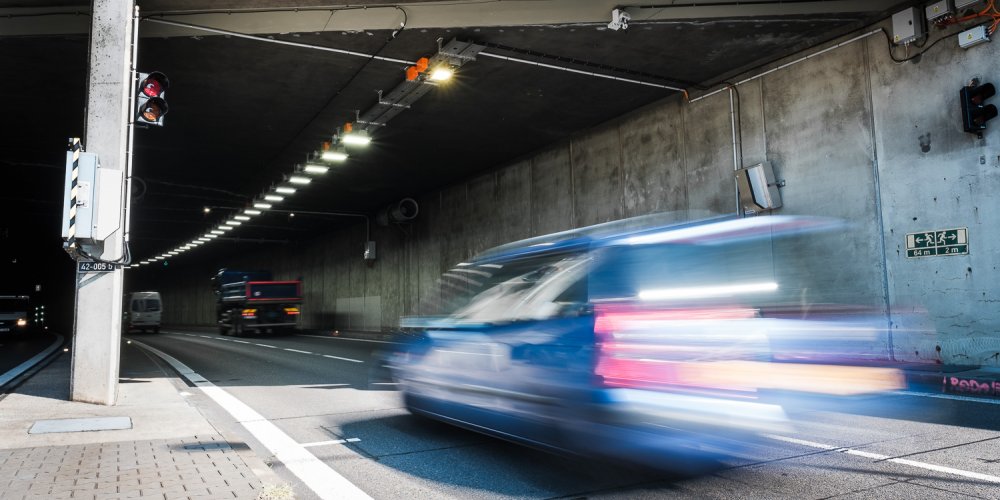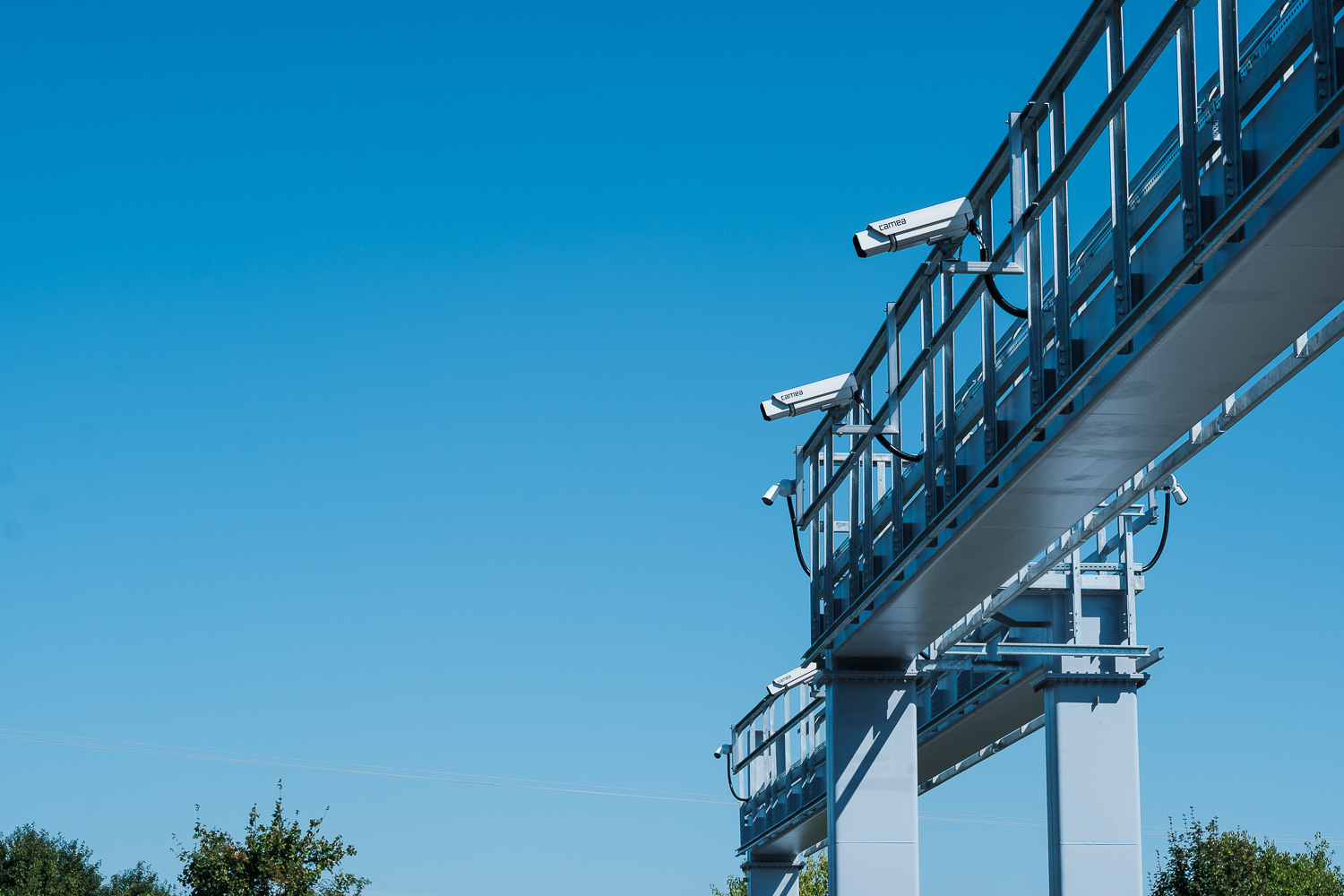Traffic Classification Technologies
Various technologies allow traffic counting and traffic classification. CAMEA alone can provide customers with a number of alternatives that can complement each other to achieve better results, as well as bring different advantages, summarized in this text.

Camera System
Cameras, the most dynamically evolving element of automatic systems in transportation control and management, can serve as a tool for classification when complemented with a suitable software. Make and Model Recognition (MMR) is one of the solutions that CAMEA can provide. It recognizes hundreds of vehicle models with accuracy varying depending on the proximity of other similarly looking automobiles. For example, one vehicle model can be recognized with 80% accuracy, another with more than 90%. These models can be assigned to traffic classes based on the predefined schemes. Theoretically, from tens to hundreds of classes can be determined. It only requires customization.
Different vehicle models appear on roads in different regions. The trainable engine can be adapted to achieve great results even in geographically distant areas where the traffic structure has only a little in common with the central European. It takes a few months and active customization. In the Czech Republic, the many recognized vehicle makes and models are usually sorted only in 5+1 classes, although much more are possible, as stated above.
In spite of the potential the cameras bring, the detected class is often secondary in importance. There are more valuable pieces of information obtained with the Make and Model Recognition. The great asset lies in filtering records of a particular vehicle model (e.g. Fiat Ducato) when in search for stolen vehicles or other cars of interest. Therefore, this application is suitable when the user needs to recognize a few vehicle classes or models for a different purpose than enforcing.

The reason is simple - the video detection cannot be compared to the intrusive systems using inductive loops and pressure sensors in terms of success with detecting axles. Some vehicle classes differ in their axle count, although they appear to be the same type of automobile externally. The disadvantage of lacking precision in detecting vehicle axles is common for all non-intrusive technologies. However, they all have their assets.
Read more about the features of the trainable intelligent camera.
Laser Scanners
The laser scanners represent a technology that enables creating 3D models of passing vehicles. Therefore, 8+1 classes can easily be achieved based on the shapes and dimensions, with more classes possible. Basically, they are a replacement of inductive loops in terms of the outcome. Their exceptionality lies in the dimension measurement. Therefore, the best approach is to deploy it in order to control oversized vehicles, taking advantage of the outcome by gathering information about the traffic class. Also, complementing other systems, such as the Weigh-In-Motion, is a logical step to take towards the system complexity and outcome quality.
Read more about the continuous improvement of the Dimension-In-Motion.
Radars
Only a few vehicle classes can be recognized with radars. If the user is looking for traffic counting, with distinguishing on the level of small/big and short/long objects, this technology could be sufficient. The obvious advantage is the speed measurement and monitoring the speed changes. The modern 3D/4D radars, installed above the road on a pole or a portal, are capable of reliable documentation of all passing vehicles, without records of automobiles lost due to mutual covering.
Intrusive Classification Technologies
The users who seek the most complex and reliable tool for classification should consider deploying traffic systems using inductive loops and pressure sensors. The installation requires cutting through the road pavement and closing of the traffic lane and is, therefore, more time consuming than the installation of the non-intrusive systems. The output quality compensates this disadvantage though.
The inductive loops detect the metal mass passing over, enabling the system to match the passing vehicle to a corresponding traffic class. The number of recognized classes gets large when the pressure sensors are involved. This is where the core advantage over all the non-intrusive systems lies. The recognition accuracy is the highest possible, as high as close to 99+%.
All electronics components are in-house developed and manufactured in CAMEA. That brings a high level of freedom and enables continuous customization and improvement. The transportation platform is scalable. That means the decision of deploying traffic counters can be made while considering future extension of functionalities. Adding of pressure sensors and scaling the electronics up is possible all the way to the level of the Weigh-In-Motion for direct enforcement, meeting the highest requirements.

Thanks to the system of boards, the datalogger allows easy adjustment of the systems according to the user needs.
Conclusion
CAMEA has exceptional experience with enforcement systems and high-end complex solutions. Such solutions bring synergy, meaning the whole is better than the individual subsystems separately. The WIM for direct enforcement is a better solution when the laser scanners are present because it helps revealing drivers’ illegal behavior performed in order to avoid proper weighing, and for many more reasons. Modern 3D/4D radars improve the measurement validation of the WIM as the vehicle's movement is monitored before it arrives to the WIM site. The camera system together with various SW applications can detect not only that the driver is violating the rules but that the vehicle he is driving is stolen or being searched for for another reason (typically crime).
CAMEA WIM
The greatest source of traffic data, including very accurate classification, is the Weigh-In-Motion. The system is an efficient tool for road protection as it tackles overloading which is the dominant cause of road wear.